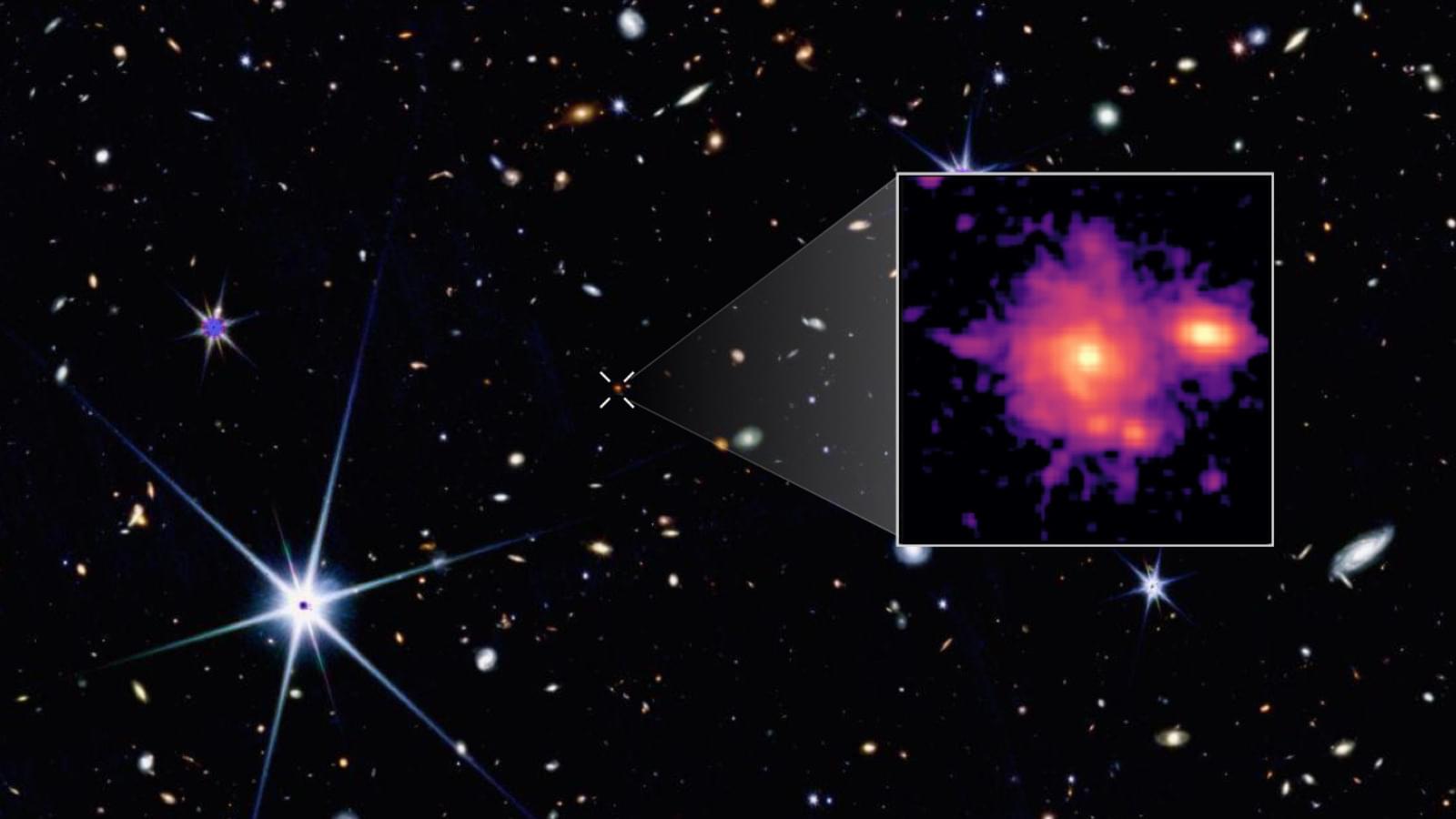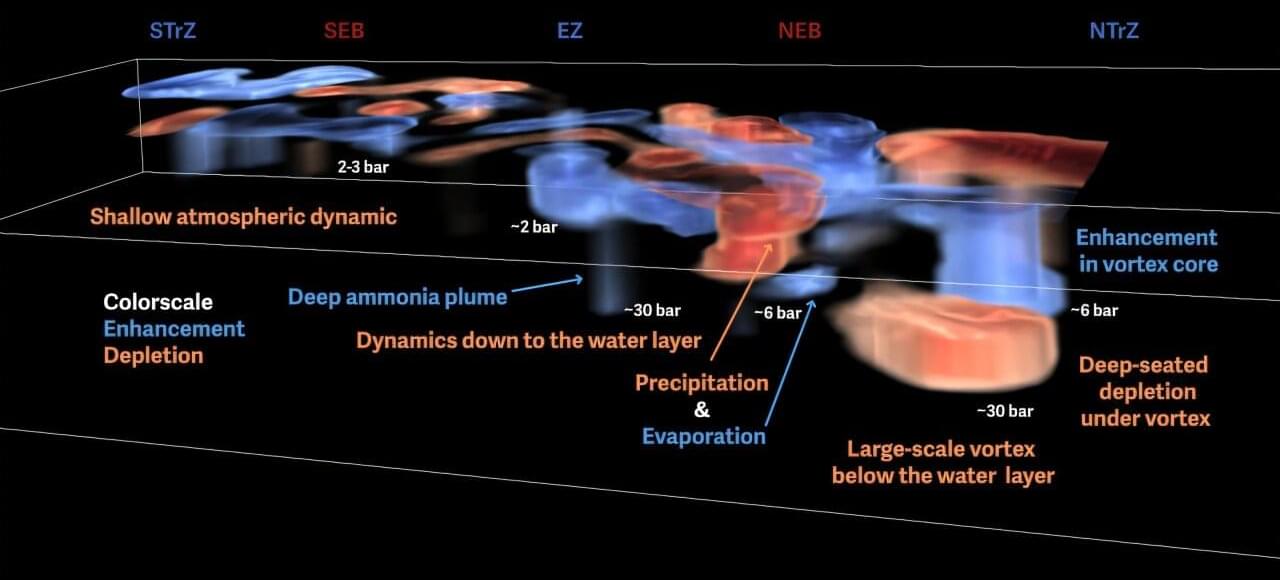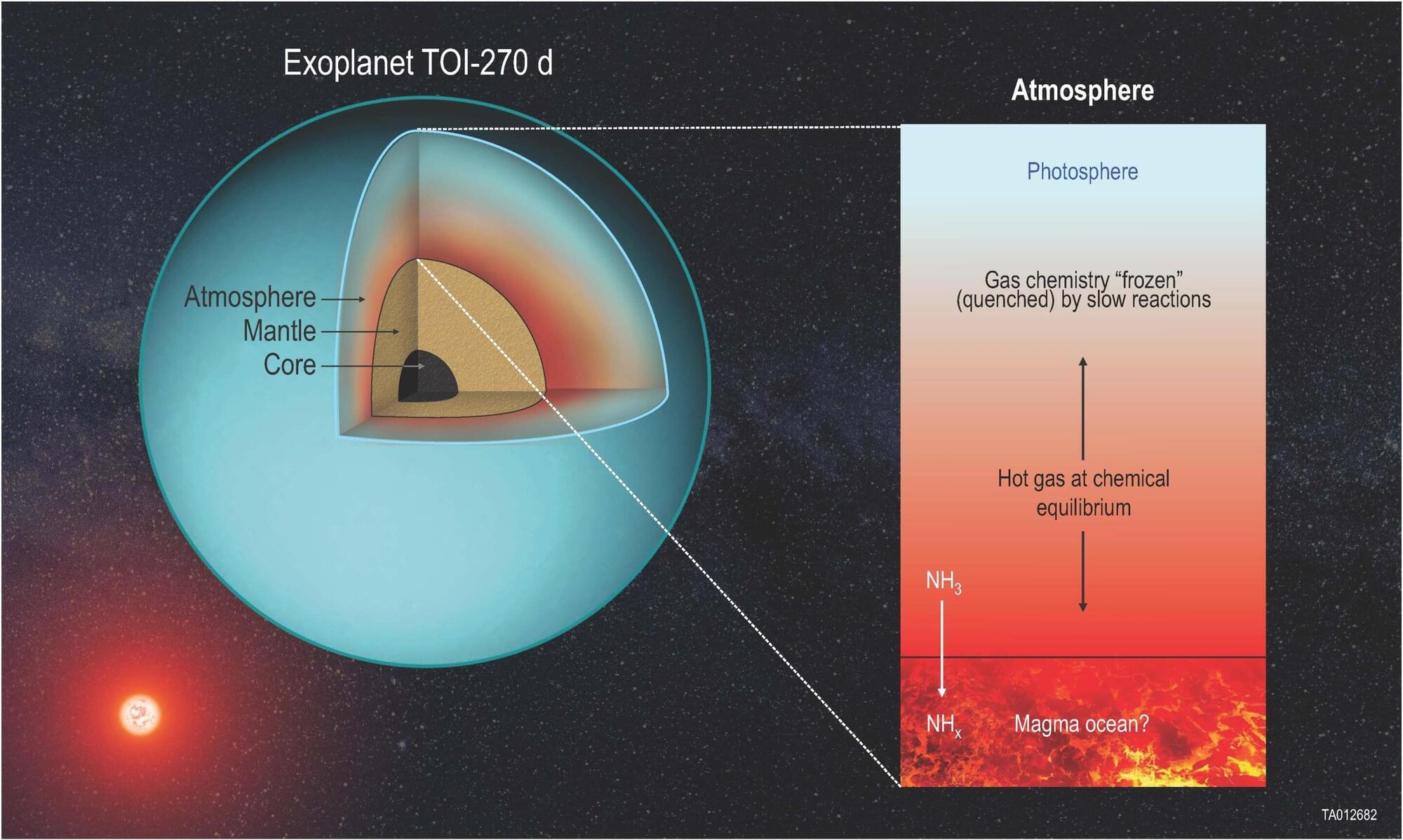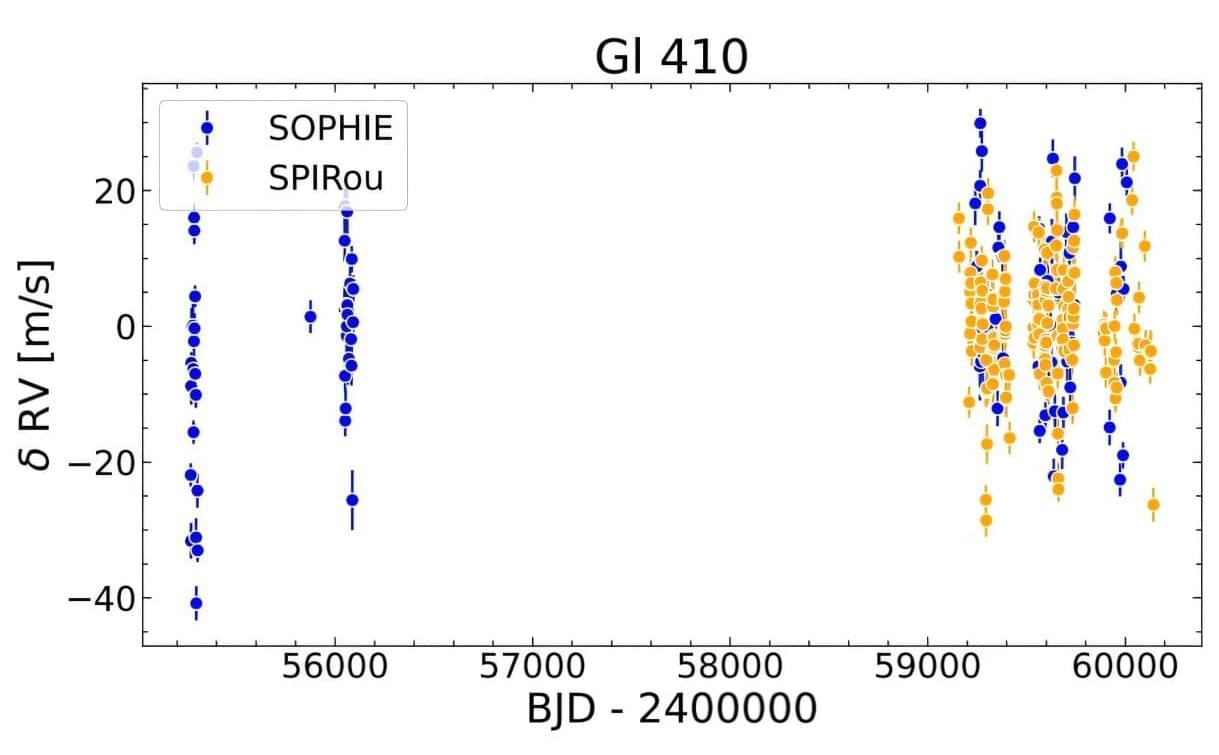“We named this galaxy Zhúlóng, meaning ‘Torch Dragon’ in Chinese mythology. In the myth, Zhúlóng is a powerful red solar dragon that creates day and night by opening and closing its eyes, symbolizing light and cosmic time,” team leader Mengyuan Xiao of the University of Geneva (UNIGE) said in a statement. “What makes Zhúlóng stand out is just how much it resembles the Milky Way in shape, size, and stellar mass.”
Another similarity between the Milky Way and this early cosmic dragon galaxy is the sizes of their stellar disks and the masses of those regions. Zhúlóng’s disk spans around 60,000 light-years and has a mass of 100 billion times that of the sun. The Milky Way’s disk is slightly wider at 100,000 light-years wide with a stellar mass estimated at around 46 billion solar masses.









